Description
- Furnace control:
- Under the furnace
- Solid state relay
- PAD Digital control. Microprocessor. Alarm.
- Furnace disconnection by thermocouple break
- Manufactured under the CE
- Accessories
- End seals refrigerated by water
- Thermocouple entry
- Inlet gas entry
- Vacuum pump Leybold ( x10-2 and x10-5)
- Security class II. Over-temperature protection
- Flow meter box
- Silicon joints
- Ceramic, Alumina, Inconel, quartz…
- Crucibles
- Regulation (Control)
- Ramp programmer up to 64 steps
- Eurotherm EPC Series + Data logger Itools sofware by Ethernet
- Eurotherm Nanodac Series +Data logger and Itools sofware by Ethernet according AMS2750E and 21CFR Part 11
DESCRIPTION
A tube furnace is a type of high-temperature furnace that is designed to heat materials within a cylindrical or tube-shaped chamber. It typically consists of a long, narrow heating chamber, made of a heat-resistant material such as ceramic or quartz, that is surrounded by heating elements. The tube furnace is capable of reaching temperatures of up to 1,900 degrees Celsius, making it useful for a wide range of industrial and laboratory applications.
It is commonly used for processes such as annealing, sintering, calcination, and melting of various materials, including metals, ceramics, and semiconductors.
The tube furnace is often used in materials science research, where precise control of temperature is critical to achieving the desired properties of the material being studied. It can also be used in industrial applications such as the production of glass, ceramics, and semiconductor materials.
Tube furnaces are ideal for working in modified atmospheres, oxidising atmospheres, vacuum and high vacuum.
TECHNICAL DETAILS ( CUSTOM DESIGNS UNDER REQUEST)


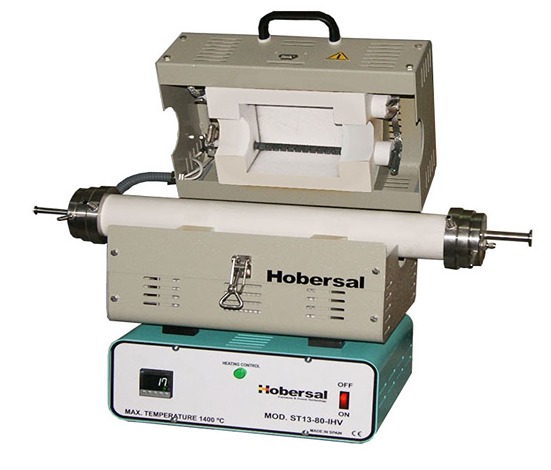
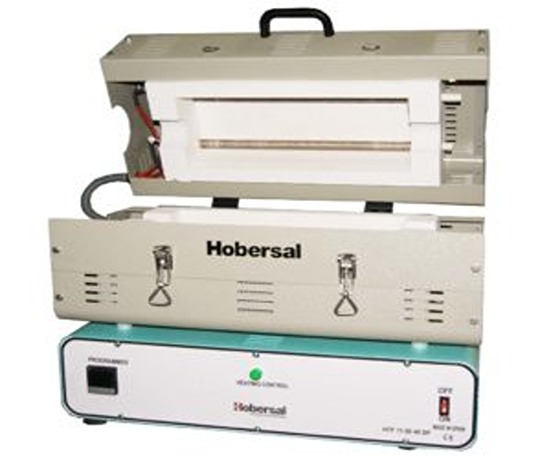
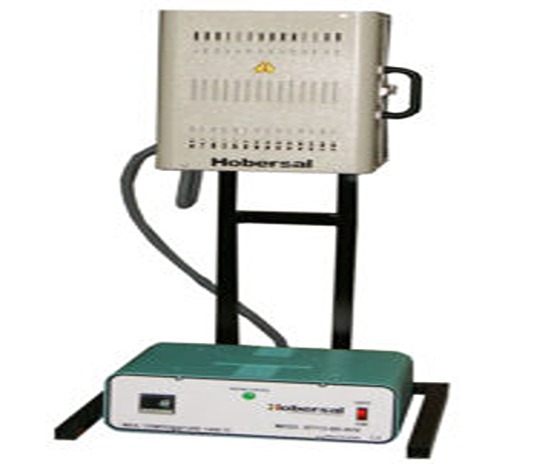
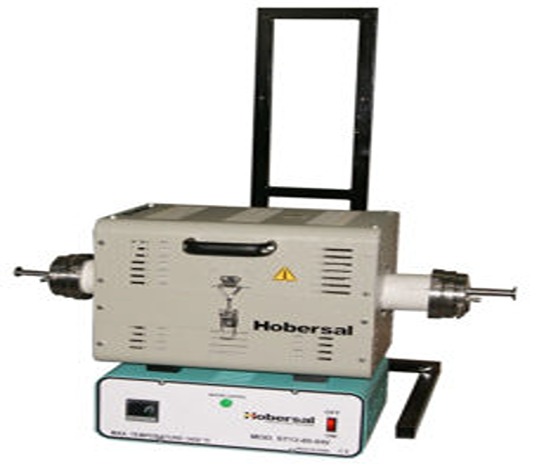
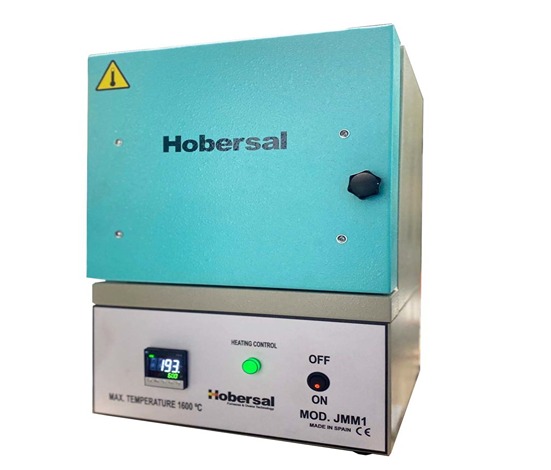
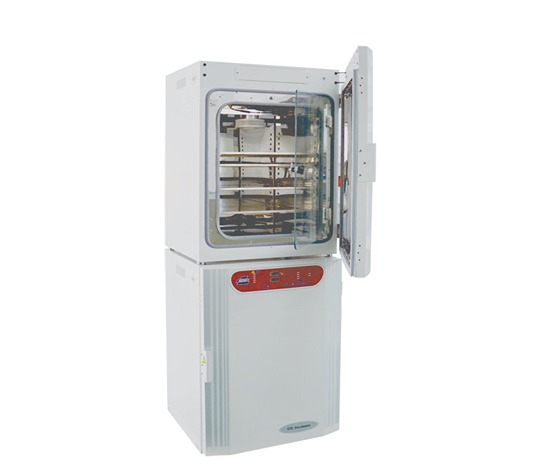
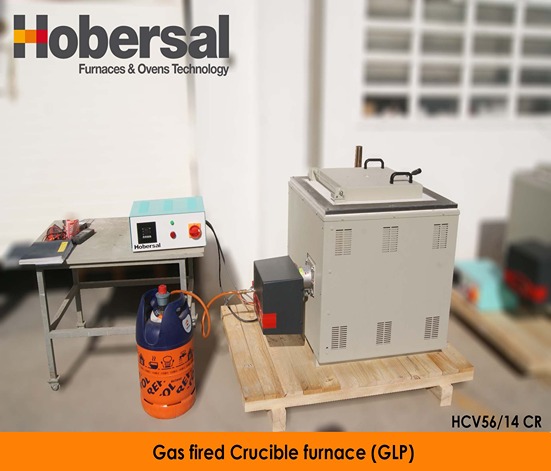
Reviews
There are no reviews yet.